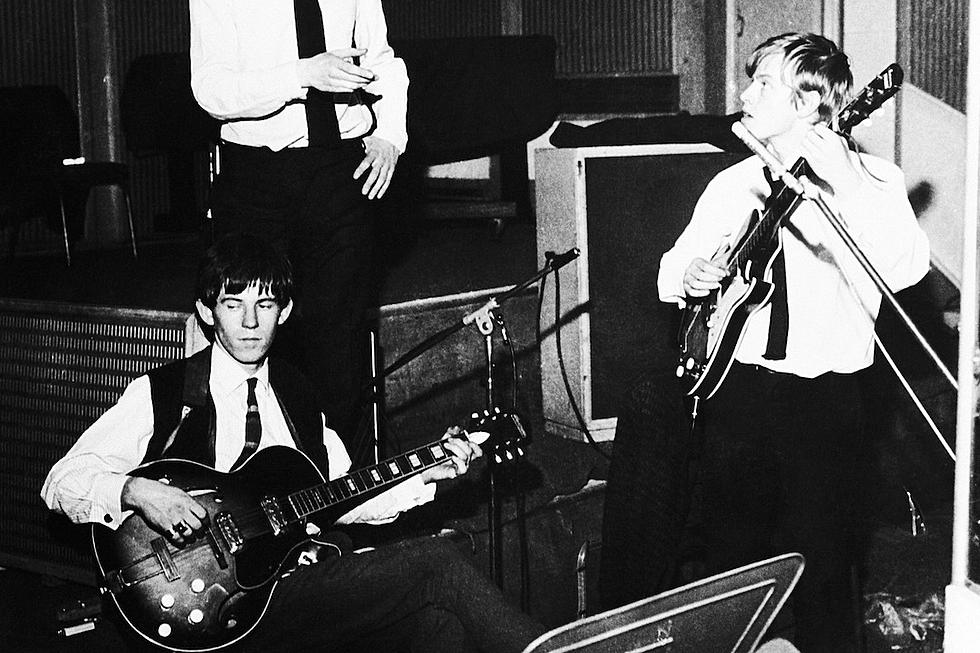
60 Years Ago: The Rolling Stones Play Their First Live Show
The Marquee Club in London was the center of the universe for British devotees to electric blues music in the early '60s. Progenitors like Cyril Davies and Alexis Korner held sway, hosting an array of jams with an ever-revolving melange of musicians and vocalists.
That set the stage for the Rolling Stones, a new band then billed as the Rollin' Stones, to take their first step toward eventual superstardom on July 12, 1962.
Most of the future members of the Stones were frequent participants of Korner’s Blues Incorporated jams at the Marquee and the Ealing Club. On any given night, London-area blues enthusiasts might walk into the club and see Charlie Watts slamming the skins, Mick Jagger blowing on his harmonica, Ian Stewart hammering away on the piano, Keith Richards keeping time on rhythm guitar or Brian Jones – who was going by the name Elmo Lewis then – delivering a stunning slide lead.
In May 1962, Jones ran an advertisement in Jazz News for anyone looking to join him in a new rhythm and blues band he was forming. Jagger, who had met Jones at the Ealing a month earlier, spotted the ad and brought his mate Richards along with him to the audition at the Bricklayer Arms pub on Broadwick Street in Soho. Clearly the three men had chemistry and after the addition of Stewart, Dick Taylor (who formed the Pretty Things) on bass and Mick Avory (who would soon join the Kinks) on drums, the band was formed.
They rehearsed for a while at the Bricklayer Arms playing favorite tracks by Muddy Waters, Howlin’ Wolf, Chuck Berry and Bo Diddley until July 12, when they found out that Alexis Korner had booked an appearance on the BBC’s Jazz Club radio program, leaving an open slot that night at the Marquee. Needing an act to fill in, club promoter Harold Pendleton turned to the six young men who at that point still didn’t have a name. In a rush they decided to name themselves the Rollin’ Stones after the Muddy Waters song; a name that pianist Stewart hated.
In his autobiography Life, Richards recalled what it felt like playing as the Stones for the first time. “That feeling is worth more than anything,” he wrote. “There’s a certain moment when you realize that you’ve actually just left the planet for a bit and that nobody can touch you. You’re elevated because you’re with a bunch of guys that want to do the same thing as you. And when it works, baby, you’ve got wings. You know you’ve been somewhere most people will never get; you’ve been to a special place. And then you want to keep going back and keep landing again, and when you land you get busted. But you always want to go back there. It’s flying without a license.”
The Stones played 16 songs that night, an impressive collection of cuts by Robert Johnson, Jimmy Reed, Elmore James, Fats Domino and a whole lot of Chuck Berry. They must have made a good impression, because shortly thereafter they were invited to hold down a residency at the competing Crawdaddy Club by Russian promoter Giorgio Gomelsky. Not long after that, they found themselves back performing regularly at the Marquee before signing a deal with Decca and cutting their first record. The rest, as they say, is history.
Rolling Stones Solo Albums Ranked
See Keith Richards Through the Years
More From Ultimate Classic Rock









